
 |
|
Even though 2D Graphic Design is often also used to create 3D impressions, sometimes it really makes sense to create scenes in three dimensional space. On this page you find an overview and descriptions about our various 3D design services, along with illustrations of our works.
First step is creating all required individual
objects in three dimensional coordinates. This initial task is called 3D
modelling. SculptingThere are various different approaches how to fulfill the task of modelling digital 3D objects. One of them, probably the most natural, artistic one, is sculpting. Sculpting involves using brush like tools. Instead of drawing dots or pixels, like in a regular 2D paint program, a brush tool in a 3D sculpting editor however acts on shapes in 3D space.
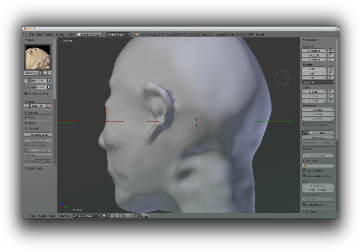

A 3D sculpting artist usually starts with a very simple shape, like a cube, a
cylinder or a sphere, and then starts to deform that shape like it was clay.
That is, he uses a brush tool to add or remove material at certain places, uses
another brush to scale certain regions naturually, pretty much like he was
working with his fingers on real clay. And there are various other brush tools
to smooth areas, grind them and so on. Big advantage of this modelling technique
is that the artist has a very natural and direct way to create 3D objects,
resulting in very organic shapes with as much detail as desired. Vertex Modelling & RetopologyDisadvantage of a sculpted 3D model is that it often yields in a very complex mesh with high amount of vertex points. Dependent on what is going to be done with the 3D object this can be fine, if however the model is going to be used in a 3D computer game, or as animated character in a rendered movie, then such a complex mesh can be quite problematic regarding computation performance and deformation during animations. In such cases, a sculpted model is solely used as prototype for the general shape of the 3D object, and based on it, a completely new model is created with much simpler mesh and much lower amount of vertex points by adding, editing and connecting the individual 3D vertex points directly. This task is called retopology. Various computer aided tools help to reduce the effort to fulfill this task in a minimum of time. Adequate skills, experience and knowledge are however required to create appropriate meshes with efficient topology.
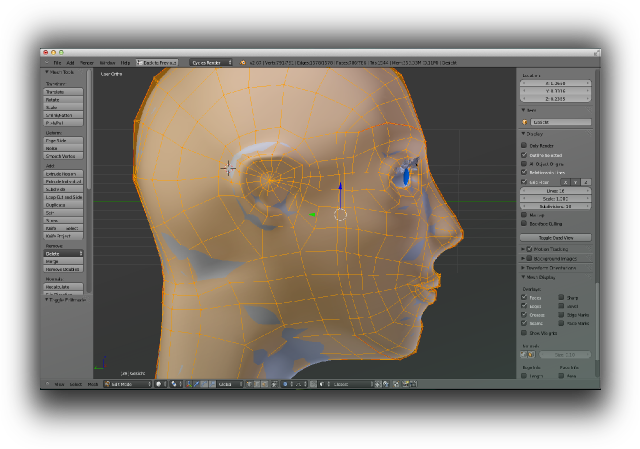
Once this step is completed, the model can much easier be used in subsequent tasks like adding virtual bones (rigging) into the model for creating animatable 3D characters.
For rather technical and anorganicly shaped objects, one often skips the step
of sculpting and instead directly creates the object by using
vertex modelling. In this approach one often uses real photos, 2D sketches or
construction schemes, taken from several different perspectives, as template for
adding the relevant vertex points directly in 3D space. Animation & RenderingThe created 3D objects can then be used in various fields of application. For example they can be assembled to a three dimensional scene and a rendering or raytracing software can be used to calculate photo realistic images or animated videos of the created 3D scene.

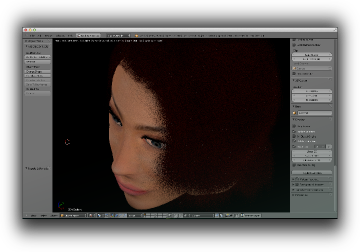
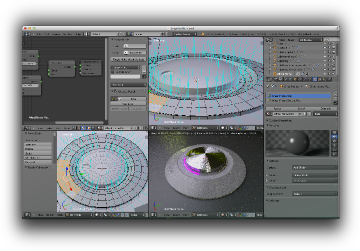
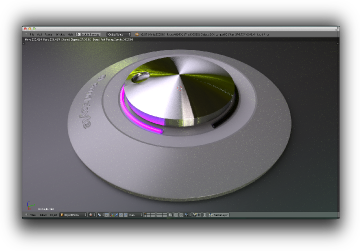
3D Software DevelopmentAnother important field of application is to embed the 3D objects into your software product, where the final images are calculated in real-time by the graphic chip of the respective computer or mobile device with 25 frames per second or more. Which obviously gives the user much more freedom in interacting with the software, like it is the case in many 3D games nowadays.

Read more about our 3D software development services ... You have questions about our 3D modelling & design service? Don't hesitate to contact us, we are happy to give you answers and suggestions for your scenario! |
|||||
|